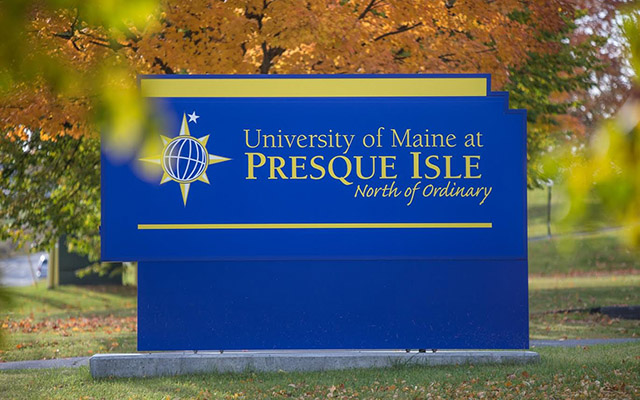
The number of out-of-staters attending Maine’s universities continues to grow, easing the financial strain on a state institution that’s running low on prospective college students within its own borders.
Maine welcomed 5,727 students from outside Maine to start the fall semester, a nearly 11 percent increase from the previous fall, according to the latest enrollment figures presented at Monday’s regular University of Maine System board of trustees meeting.
Out-of-staters now account for about 20 percent of all college students in the system. Their impact is most pronounced at the flagship campus in Orono, where 44 percent of students are from another state or nation.
“Overall, we’ve seen the impact of improving enrollment on several campuses,” Rosa Redonnett, chief student affairs officer, told trustees. “A big shout-out to [the University of Southern Maine] on that.”
Before the start of the current fiscal year in July, USM projected a $3.4 million deficit. That has changed since enrollment numbers started trickling in. USM brought in 921 out-of-state students to start 2017, about 160 more than it did last year, or a 20 percent increase. Those gains offset smaller declines in the number of students from Maine and New England.
Due in part to that improved enrollment picture, USM is now projecting a small surplus of $78,000.
Students from outside Maine pay a higher tuition rate than in-state students, serving as a boon for campus budgets even when the overall student headcount flattens. At UMaine, which has the highest tuition rate and the bulk of out-of-staters, students from away pay annual tuition just under $28,000. In-state students pay $8,580.
Overall, the university system’s total student headcount dropped by 1.6 percent from this time last year. Some campuses fared better than others. The University of Maine at Augusta saw a decline of about 9 percent — or 400 students — in its total student headcount. Redonnett attributed that enrollment drop to an improving economy. UMA has a large population of nontraditional students, and tends to see improved enrollment when people are out of work and looking for possible career changes, she said.
Since 2013, however, the University of Maine at Fort Kent has seen enrollment jump nearly 46 percent, from 1,209 that year to 1,760 this year. Out-of-state enrollment went up from 83 in 2013 to 185 in 2017.
At the University of Maine Presque Isle, enrollment increase from 1,263 in 2013 to 1,408 this year, a jump of 11.5 percent. The number of out-of-state students during the same period went up from 43 to 118.
University of Maine System enrollment figures for this fall semester are encouraging, but system officials caution that Maine needs to continue to push to help find ways to reverse the state’s demographic challenges. Maine continues to see an outflux of young people and isn’t bringing in families at a quick enough pace, a problem that’s especially pronounced in areas around its more rural campuses. The state projects 100,000 fewer working-age Mainers over the next 15 years, and two-thirds of jobs in the state will require a college degree or certification.
Courting college students from away may not be a sustainable strategy, Redonnett cautions. Other New England states are grappling with their own demographic struggles, and likely will be rolling out their own financial incentives to convince students to study close to home, she said.
“The strength of our programs and commitment to affordability are creating competitive advantages for our universities that are attracting more students to our aging state,” UMS Chancellor James Page said in a news release. “Overcoming losses in the size of the Maine workforce and addressing the skill and credential needs of Maine’s employers are a critical priority for our public universities.”
In other business, the board approved a world language program at the University of Maine at Farmington in an effort to combat a shortage of language teachers across the state. The new program will allow prospective French and Spanish teachers to pass their knowledge on to students in K-12 classrooms throughout Maine.
Follow Nick McCrea on Twitter at @nmccrea213.




